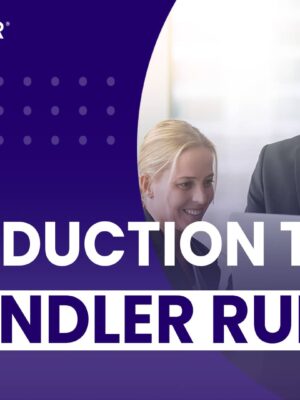Five Ways to Drive Strategy into Your Team’s Opportunities

Nothing happens in an organization until someone sells something, so short and so true but it’s an area inside of so many companies that gets overlooked. Leaders, specifically sales leaders struggle with the framework on how to coach and develop their people. This is not due to a lack of selling skills on their part, but they have what we call ‘nontransferable skills’.
In my career I’ve seen many leaders with this challenge and sometimes all they need is a little framework to help coach their people. I have broken down five steps to help transfer these skill sets below:
- What type of sale are we talking about?
When we look at potential targets or opportunities, are they net new sales (New Client) or are they existing clients that we are trying to upsell or cross sell? Each opportunity would have a vastly different strategy when you are trying to position your product or service.
- What does the competitive landscape look like?
When we are positioning our product or service, are we dealing with an incumbent vendor? Is the prospect looking at more than one solution? What is our strategic advantage over the incumbent or the other competitors?
- What are the challenges that the prospect is facing?
As leaders, we need to ensure that our people intimately understand the problems their prospects are facing. More importantly, they need to understand how this is affecting the organization’s operations, and in round numbers how much is it costing them in revenue or production?
- How important is it that they fix it?
Let’s face it – our contact who is helping us navigate the quoting or proposal of our solution may love the idea but if it isn’t important to the rest of the organization, it’s just a matter of time before our solution gets rejected by a more critical issue or challenge.
- What are the next potential action steps?
Many times, sales cycles get delayed because your people haven’t established well understood next action steps. Leaders need to hold their teams to a higher standard and require clear, actionable next steps to be put in place at the end of every meeting, to ensure the cycle doesn’t stall.
Try implementing these five steps in your next coaching meeting with your team and see the difference it can make!
As always, keep growing.
Learn more about implementing a business development strategy in this blog post.








